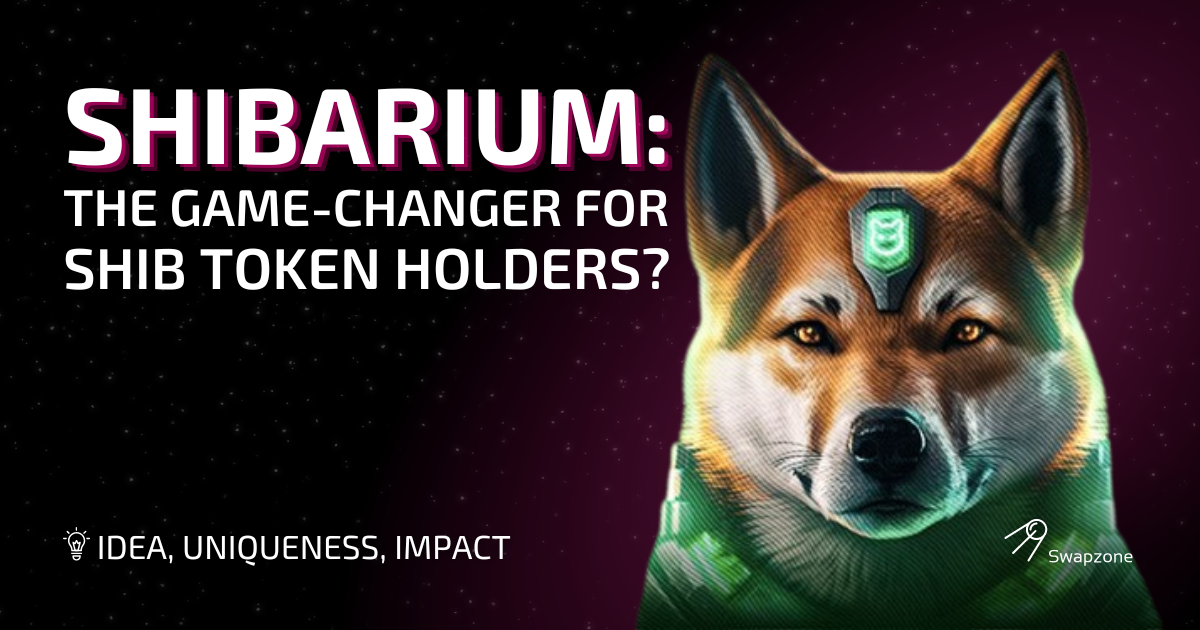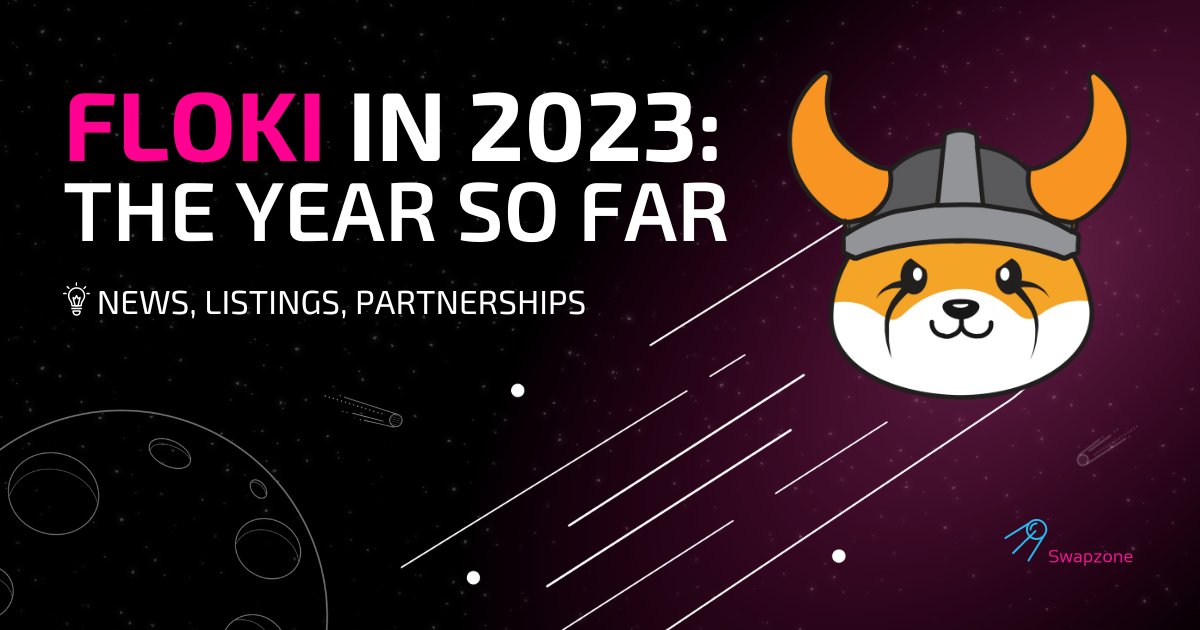Shibarium: The Game-Changer for Shib Token Holders?
Shibarium, the latest innovation from the Shiba Inu (SHIB) team, is poised to revolutionize the entire SHIB ecosystem. This second-layer scalability solution is designed to address the scalability issues and…

